Species Profile: The Guiana Dolphin
The Guiana Dolphin is a relatively smaller-sized animal that can live in both freshwater and salt water.
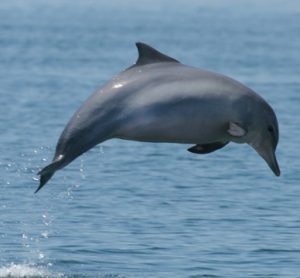
The Guiana Dolphin is a relatively small-sized cetacean dwelling in the Atlantic Ocean around parts of South and Central America.
Interestingly, though it’s a member of the oceanic dolphin family (Delphinidae) along with species like the Orcas (killer whales) and the bottlenose dolphins, it can live both in salt and freshwater.
The Guiana dolphin is similar in appearance to the bottlenose dolphin although it is lighter in color and smaller at just 2.1 meters (6.9 feet) in length. Their bodies are light blue/gray in color with a lighter underside. It has a well-defined beak and a triangular-shaped slightly hooked dorsal fin.
This species tends to avoid humans and is considered as “shy.” They don’t approach boats and will normally just swim away when they see one.
Like other dolphins, these ones are also social creatures that move in pods of 2 to 10 individuals and occasionally up to 100 dolphins. Their pods are tight-knit groups with highly developed social structure.
They are also quite active and acrobatic. They will often breach water, somersault, spy-hop or tail-splash.
Because of the limited information available about this dolphin, the IUCN lists it as Data Deficient.
1) Scientific Name
Sotalia Guianensis
2) Scientific Classification:
- Kingdom: Animalia
- Phylum: Chordata
- Class: Mammalia
- Order: Artiodactyla
- Family: Delphinidae
- Genus: Sotalia
- Species: Sotalia Guianensis
3) Life Expectancy
Studies of growth layers suggest the species can live up to 30 years.
4) Average/Maximum Length
Males average 2 meters in length and females 1.95 meters.
5) Average/Maximum Weight
About 60 kg (132 lbs).
6) Maximum Swimming Speed
Unknown.
7) Interaction With/Danger To Humans
Guiana dolphins are shy of humans and tend to stay away from boats out in the wild.
Because the Guiana dolphin prefers near-shore and coastal waters, it suffers the effects of living near humans.
8) Reproduction Details
Like other dolphins, they give birth to live young and will nurse their calves on milk for at least one year.
Newborn calves measure just 0.7 meters long.
9) Diet/Hunting Pattern of the Guiana Dolphin
Guiana dolphins feed on more than 60 species of schooling fish. Those aside, they also hunt and eat squid and crabs.
They may hunt in groups or alone and they herd fish on beaches and partially strand themselves to feed on the catch.
10) Alternative Names
- Freshwater Tucuxi
- Costero
- Sotalia
- The Estuarine dolphin
11) Population And Conservation Status
Similar to other coastal cetaceans, the Guiana dolphin is affected by the negative effects of human activities.
As a result, this species suffers from entanglement in fishing nets and shrimp traps. These two factors alone cause the death of a lot of these animals every year. is responsible for the death of many animals each year.
The Guiana dolphin is protected under the Convention on the Conservation of Migratory Species of Wild Animals (CMS).
Its exact population is unknown and the IUCN lists it as Data Deficient.
12) Ancestry And History
There’s been some controversy surrounding the classification of the two dolphin types in the Sotalia genus.
Previously, they were considered as one species but now they are recognized as separate species. Consequently, Sotalia Fluviatalis (or Tucuxi) is a freshwater species, while Sotalia Guianensis (Guiana dolphin) is a marine species.
13) Distribution And Habitat
The Guiana dolphin prefers shallow coastal waters close to estuaries and inlets in parts of the eastern and northern South American coast. They are sightings as far as Brazil, Nicaragua, Honduras and some Caribbean islands.

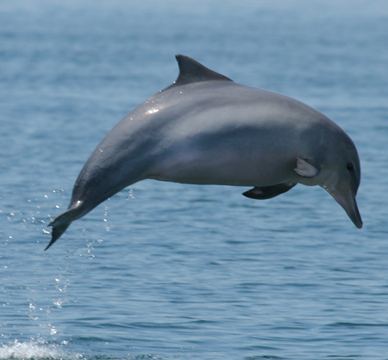
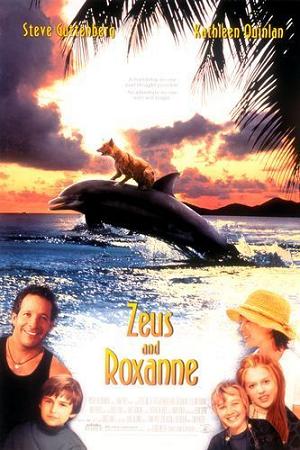
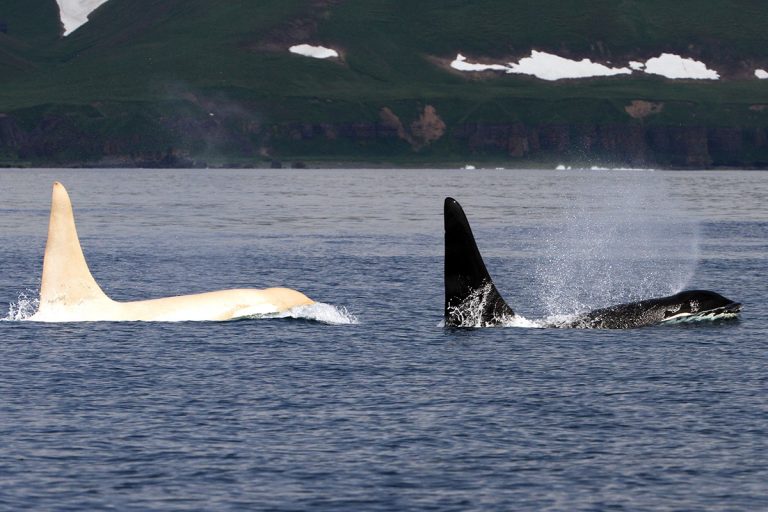
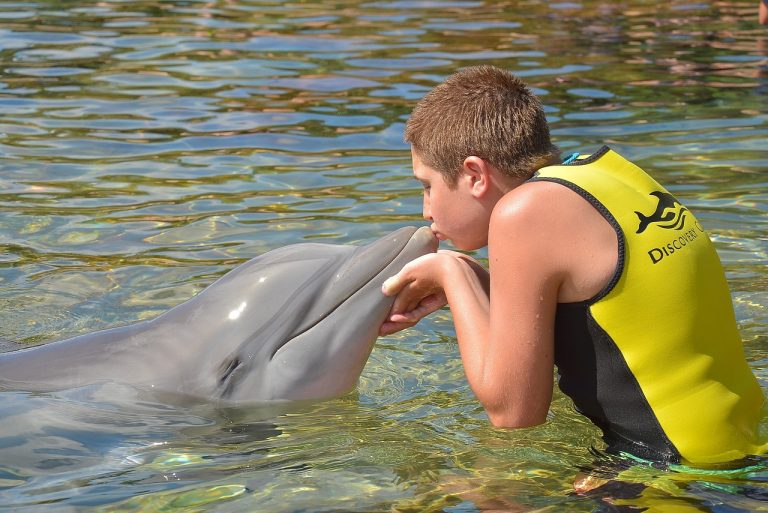
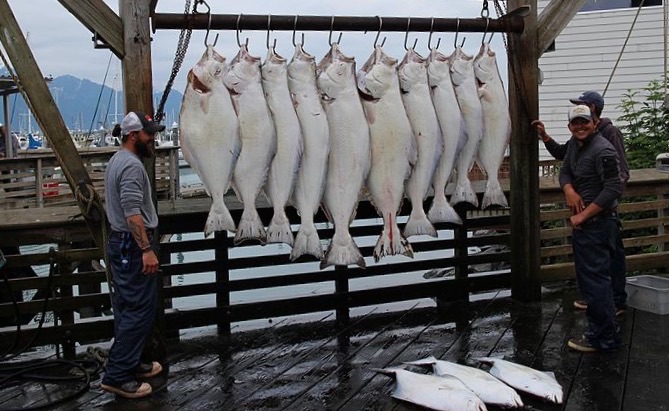
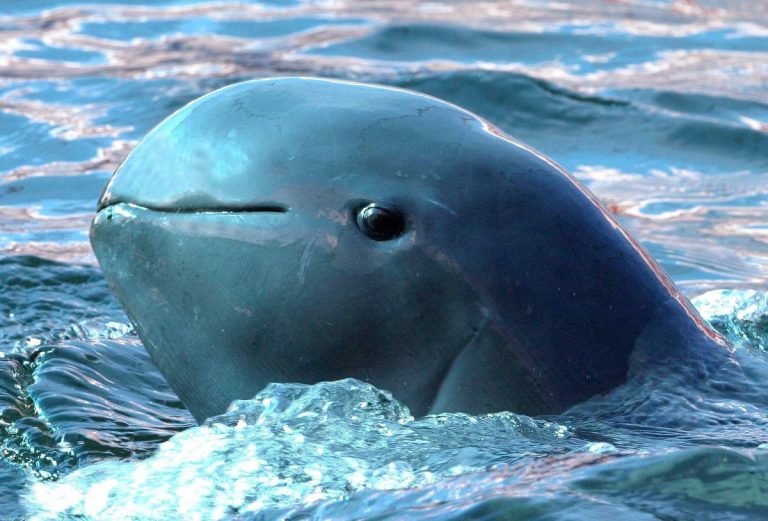
Fascinating info.